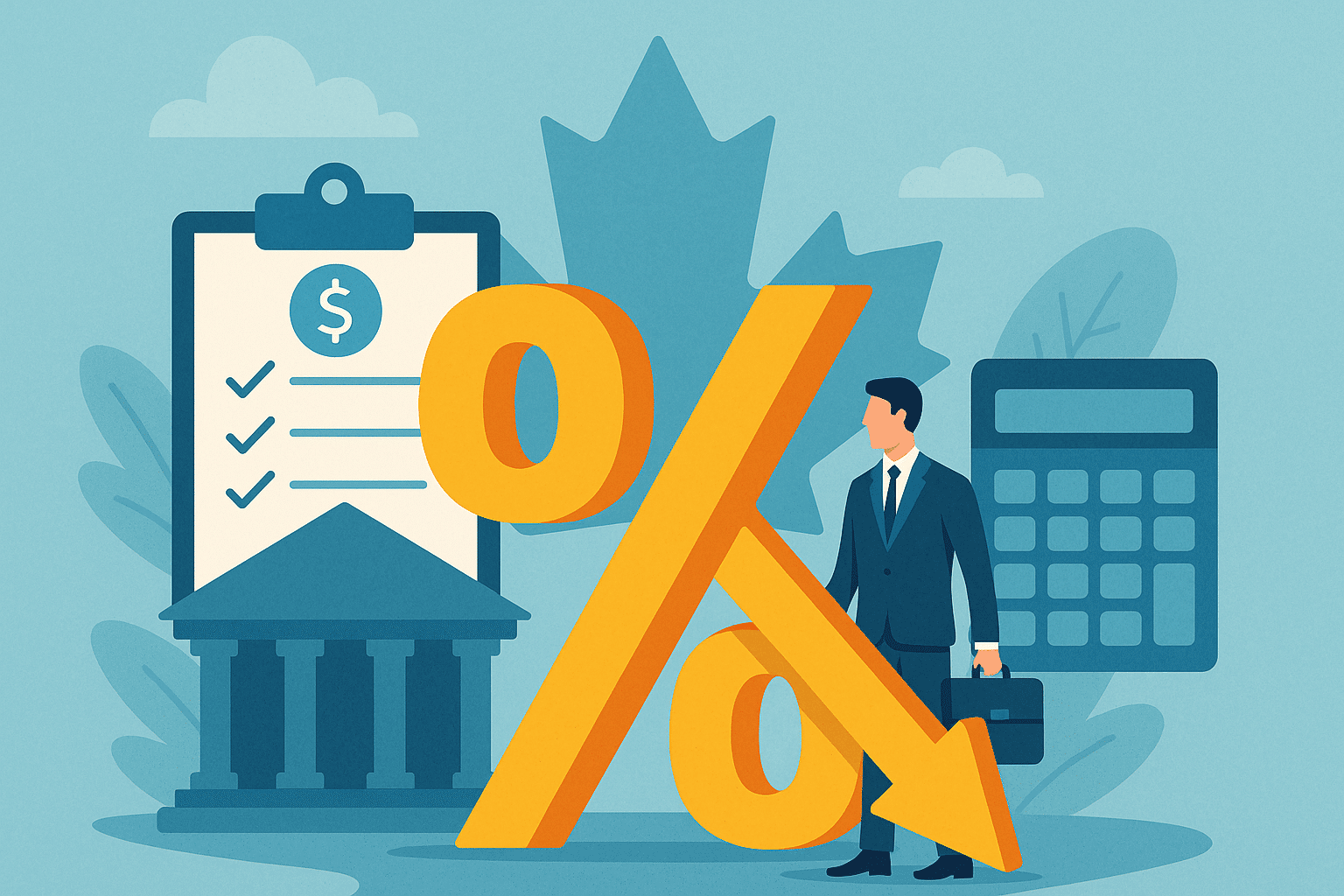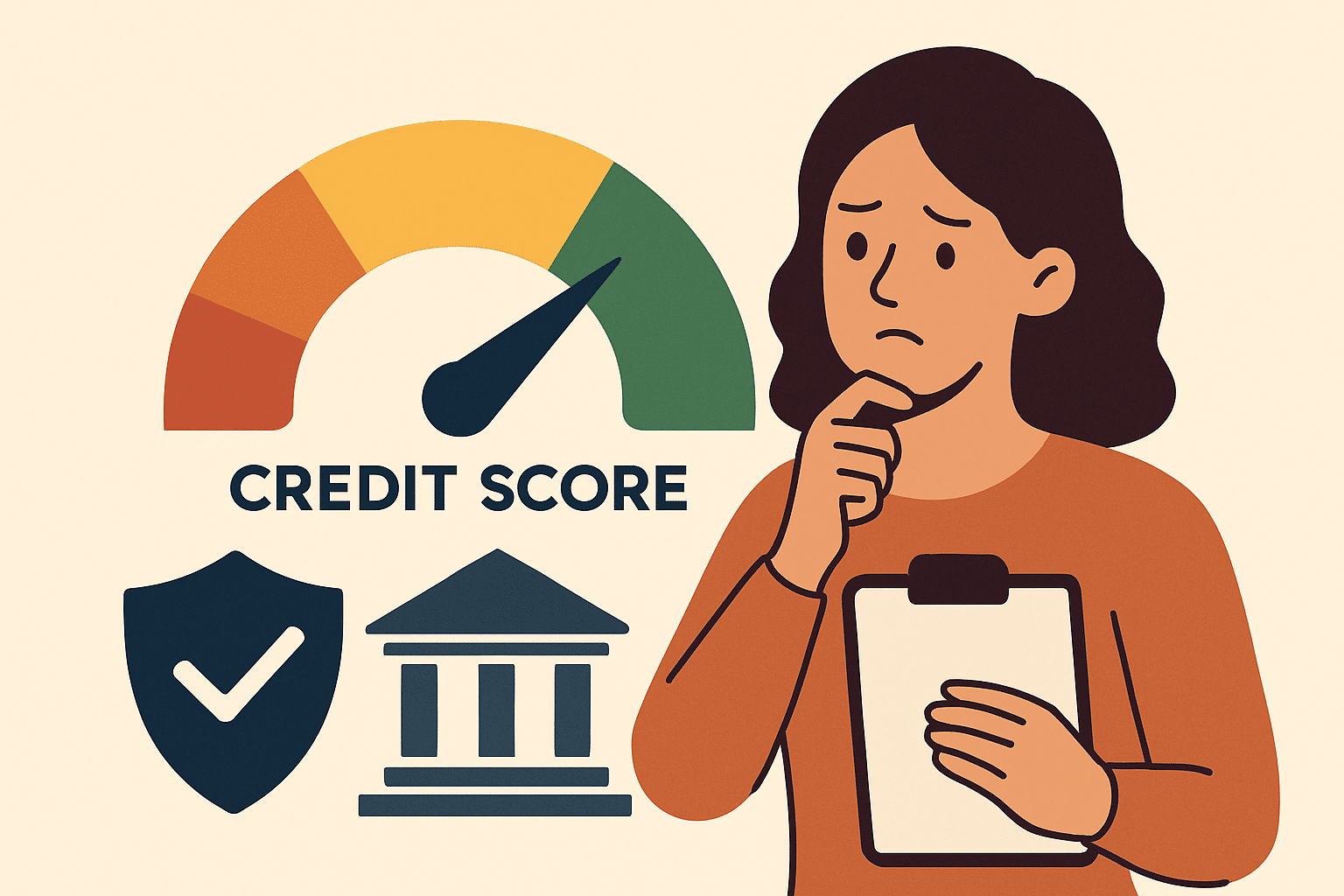“Lending in Canada is a continuum,” he says. “You have a continuum of lending strategies that answer the needs of Canadians based on different business models, different sectors, and different risk brackets.”
Schwartz, for one, doesn’t like the term “alternative lenders,” calling it “Orwellian” and “dismissive,” as if non-financial institutions are “alternative to the mainstream.” Instead, he sees each institution playing it’s own distinct role within a broader lending ecosystem that seeks to serve the needs of Canadians of all shapes and sizes. Within that ecosystem each individual entity depends on the others, despite the regulatory walls that stand between them.
Breaking down those walls and moving to a more European-style “open banking” ecosystem, he argues, is vital for each player to meet the consumers’ needs today.
“The opportunity is for companies like Buy Now Pay Later vendors, for example, to partner with banks to extend their lending upstream,” he says. “And also for banks, who have a risk appetite which is very defined, to partner with those who are more nimble, that have smart underwriting processes that use a sharper algorithmic decisioning, to take on more of the risk appetite.”
For example, major banks have long depended on a “laddered service” model, where customers begin with a checking account at a relatively young age and remain loyal customers with that institution into adulthood. When it comes time to shop for a mortgage, or take out a business loan, banks relied on customers maintaining a preference for the institution they’re already accustomed to utilizing for their other financial needs.
“[The banks] don’t want to lose them, they don’t want to lose that relationship, so they can form a relationship with a more nimble lender, but retain the relationship with the customer” he says. “As the relationship evolves they haven’t just sent them away, they can nurture them into laddered services.”
In other words, banks need other lenders to step in and meet the needs of its customers that fall on the other end of the “spectrum of lending.” Allowing customers and lending products to flow freely between banks and other lenders creates a stronger lending ecosystem for all participants.
The need for a more collaborative lending ecosystem has only enhanced in recent years as a result of:
- emerging technologies
- changing consumer demands
- and the widespread adoption of virtual banking tools during the pandemic
…argue Schwartz. Rather than the financial institutions being at the centre of the consumer’s finances, the equation has flipped, and now the borrower is at the centre of the lending ecosystem.
“A millennial, or a younger financial consumer, assumes that their data is accessible, and therefore if they download an app, if they want certain services, they assume the data they have in an incumbent institution is shared,” says Schwartz. “That’s called, to some degree but obviously oversimplifying it, ‘open banking.’”
As the regulatory framework exists today, customers experience a lot of friction when submitting financial data to qualify for loan products outside of their primary financial institution. That is because alternative lenders don’t have access to the data directly, which Schwartz refers to as a “data squeeze.”
“You can’t have this economy, which is to some extent paralyzed by operational concern; you have to solution around it, because your consumer is demanding a certain freedom with their data, and you are obligated to provide the fluidity,” he says. “The more fluidity you have, the more exciting things become, because now more solutions get built.”
“Because the data is open now you can access it, you can build solutions, and you can service your constituents more fluidly,” he says. “That’s what we need to get to in Canada.”
The primary concern preventing policymakers from pursuing a more open banking policy is cyber crime and the potential reputational risk that might result. After all, if data becomes more accessible to start-ups and non-financial institution lenders, it is presumably more accessible to hackers and cyber criminals as well.
“My answer is ‘hell yeah, you better be making sure that [data] is really safe,” he says. “You need to make the way we share data absolutely protected, but you can’t stop sharing data, especially if the consumer wants to share their data to get a service.”
Schwartz argues that such concerns are valid, but shouldn’t prevent Canada from moving towards a more open banking policy which both consumers and the industry at large could benefit from. After all, the experiment was a success in the UK, and Schwartz believes Canada would enjoy similar benefits by adopting a similar policy.
As president of the CLA Schwartz says his role is to bring stakeholders to the table to design an open banking regulatory framework that satisfies the needs and concerns of consumers, FinTechs, financial institutions, and government regulators. He is also far from alone in that fight.
“All of our bank partners also see themselves as FinTech forward; there are divisions within those institutions that are changing the way that they lend, they are changing the way that they drive digital engagement,” says Schwartz. “Our mission — and my personal mission — is to break down these walls that have in some ways been established in a very contrived way, with incumbent lenders on one side, and what the incumbent lenders have termed ‘alternative lenders’ on the other.”














